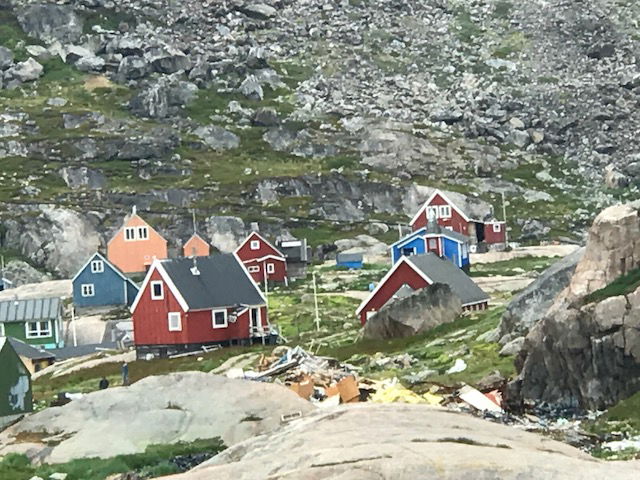
Paamiut, Greenland
Remote? What’s That?
Last week I was in Paamiut, and Qaqortoq, two villages in Greenland, the biggest island in the world with a total population as meager as 56,000. The inhabitants are confined to dots of settlements around the coast, leaving inland blanketed with glaciers – just space and more space of ice formed millions of years ago. Sadly, today thoughtless mankind, obsessed with momentary, personal gains, does little to halt the melting of the ancient glaciers by the climate change they induced.
About 1,500 people live in tiny Paamiut. The houses sparkle in reds and blues and greens and yellows that must shimmer in the white, white snow of winter. I am dazzled by the accents of color among the rocks, and my camera works overtime as the comparatively colorless environment in the United States flashes through my mind. Paamiut defines a remote place; the same can be said for Qaqortoq, a village at least two or three times the size of Paamiut.
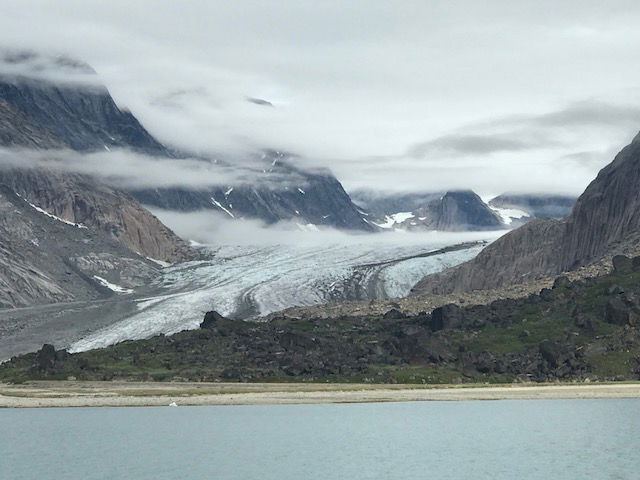
Prince Christian Fjord, Greenland
I was struck with the isolation when our 28-year-old Inuit guide, stopped to embrace his father and younger sister with a touching hug. They then turned and walked away toward to sea.
“They’re leaving for another village up the coast and I won’t see them for eight months,” he said.
They had won some sort of competition. He couldn’t quite remember what it was about, and this was their reward. The guide’s universe was Greenland proper.
“You were born here?” I asked.
“Yes. I’ve been here all my life,” he said. “Born and raised.”
I hear my cruise peers say, “Can you imagine living here full time?”, and, “Beautiful, yes, for a few hours. But, my god, what are the winters like? What’s to do?”
A few minutes later my iPhone, which wasn’t as functionless as I thought, rang. Confused, I answered the call which came from somewhere in Maryland.
“Hello.”
My answer was a recorded message in Chinese coming from the same area code as my own. Could this be for real?
I started to notice the numerous large satellite dishes and the cranes and boats in the harbor. I saw a single taxi drive down the street, but couldn’t imagine where he drummed up business. I walked the whole town in less than than an hour.
Our guide spoke fluent English, so I asked whether all the children were taught English.
“Yes,” he said, “except those too busy playing video games on their cell phones. They don’t learn it very well.”
Multilingual Paamiut preoccupied with video games? Was this place remote?
Qaqortoq the next day now seemed like a metropolis. A souvenir shop sold reindeer antler carvings made by a local artist. Musk ox hats and scarves, various other clothing items, plus assorted trinkets and the like were also for sale.
I saw a hat I might have bought, until I looked at the label: Made in China.
There was a lot of excitement in the fish market by the sea. A whale had been caught the day before and huge chunks of red whale meat were being weighed and bought. The meat looked like steak only leaner, since the blubber covers the surface of the whale rather than become integrated into the muscle.
Killing whales? Yes, but very restricted. Laws are prevalent. Even tourist ships, critical for tourism, are limited in where they can stop in the small settlements in the fjords.
Our excellent guide in Qaqortoq spoke flawless English. Someone asked her where she was from.
“Southern Florida,” she said. “I’ve been living here for eight years and love it.”
Florida, and married to a Greenland Inuit! How remote is that?
Remote is such a relative concept. To native Greenlanders, whose Inuit ancestors outlasted the Vikings and other explorers, Greenland isn’t remote at all.
I wondered what remote means for me?
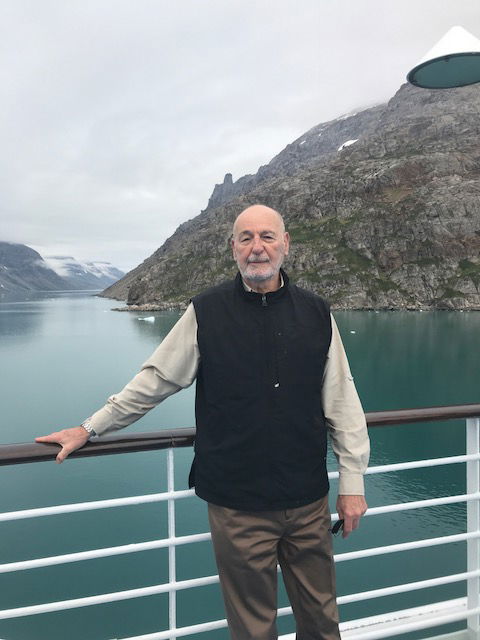 Remote is where I feel isolated – away from it all. It’s the silence when my smart phone stops beeping, taxing my addiction to “keep in touch,” until I release enough to enter the moment. My remote is the absence of world news, as depressing as it is today. What I love most about remote is floating in quiet, when my nerves stop jangling from incessant noises that bombard my daily life, where I can hear a trickle in a nearby stream or a bird conveying a message that even my imagination can’t fathom, and I can compose music in my mind.
Remote is where I feel isolated – away from it all. It’s the silence when my smart phone stops beeping, taxing my addiction to “keep in touch,” until I release enough to enter the moment. My remote is the absence of world news, as depressing as it is today. What I love most about remote is floating in quiet, when my nerves stop jangling from incessant noises that bombard my daily life, where I can hear a trickle in a nearby stream or a bird conveying a message that even my imagination can’t fathom, and I can compose music in my mind.
What I call remote has all the trappings of what I imagine Greenlanders consider a regular life.
My remote dips me into a place where I can be aware and reflect in an indifferent world, where I am self-conscious because I am alive.
Just what is remote for us earthlings these days? The Internet has tentacles that reach everywhere, merchants tap every possible crevasse, tourists roam like locusts, leaving no corner unexplored. What’s remote for me is normal for a citizen of Paamiut.
Planet Earth seems the last truly remote place for all humans today – anywhere on the planet – the big ball in the sky. We are orbiting in isolation, going in circles with no idea where we are, with no hope that someone will come to our rescue.
Whether in Greenland or Bethesda or elsewhere, perhaps it is time to refresh our memory of Candide, when Pangloss suggests, “..that this is the best of all possible worlds,” and Candide answers, “…very well put…we must cultivate our garden.”

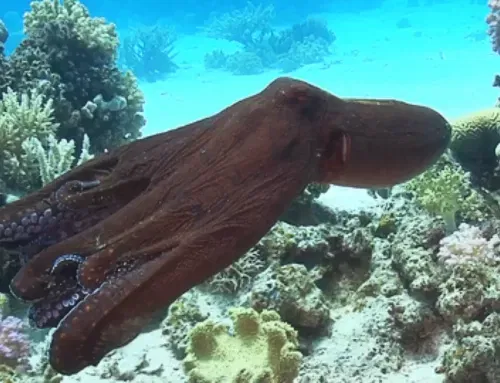

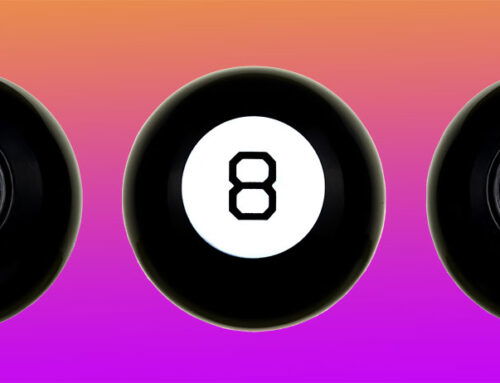
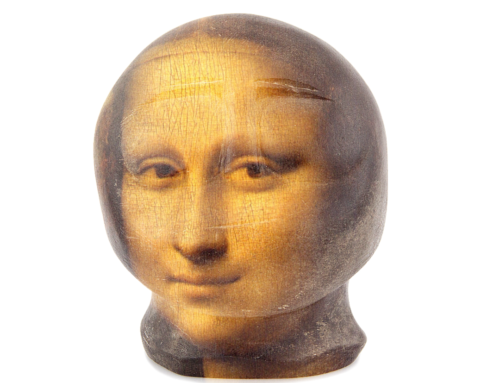

Leave A Comment